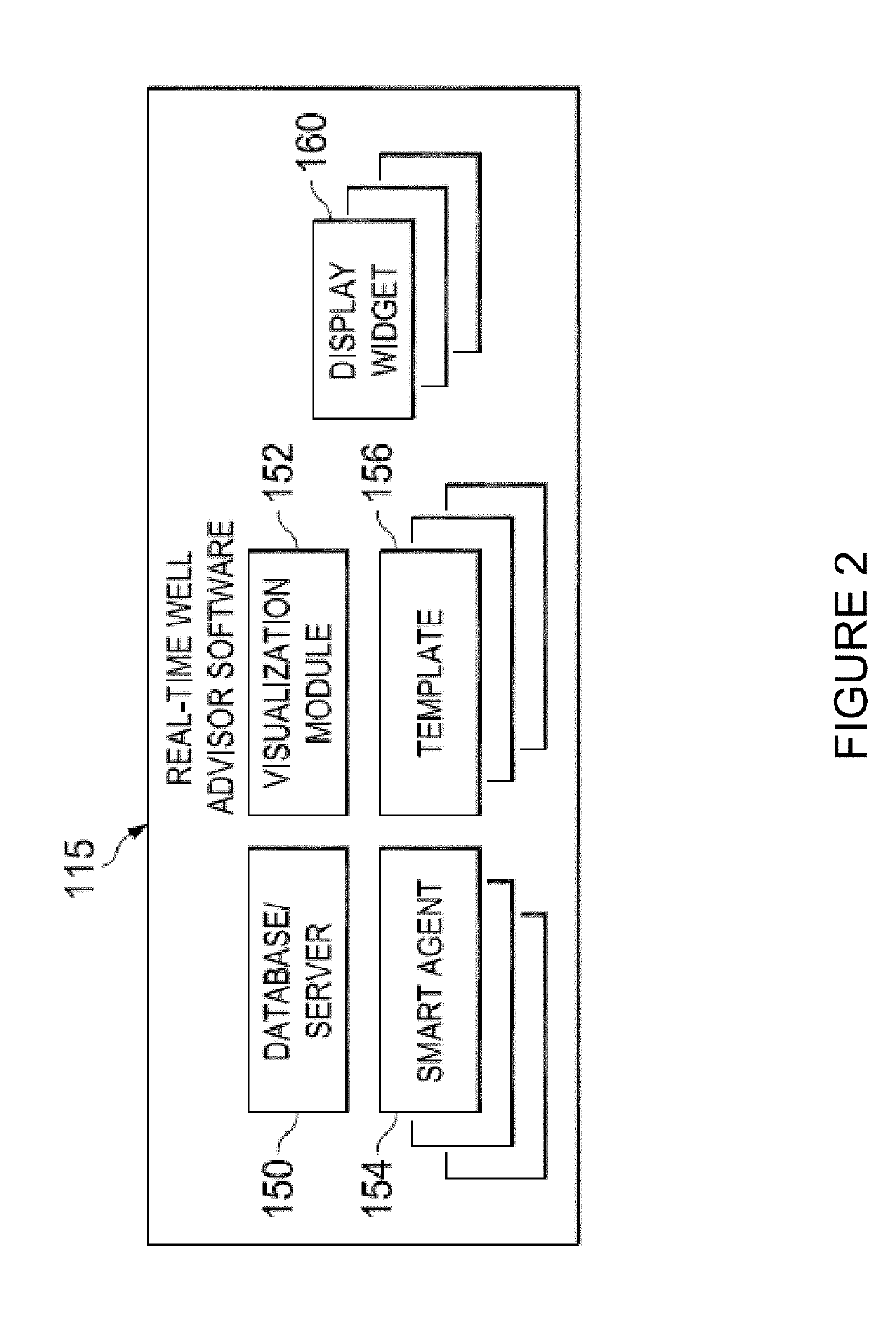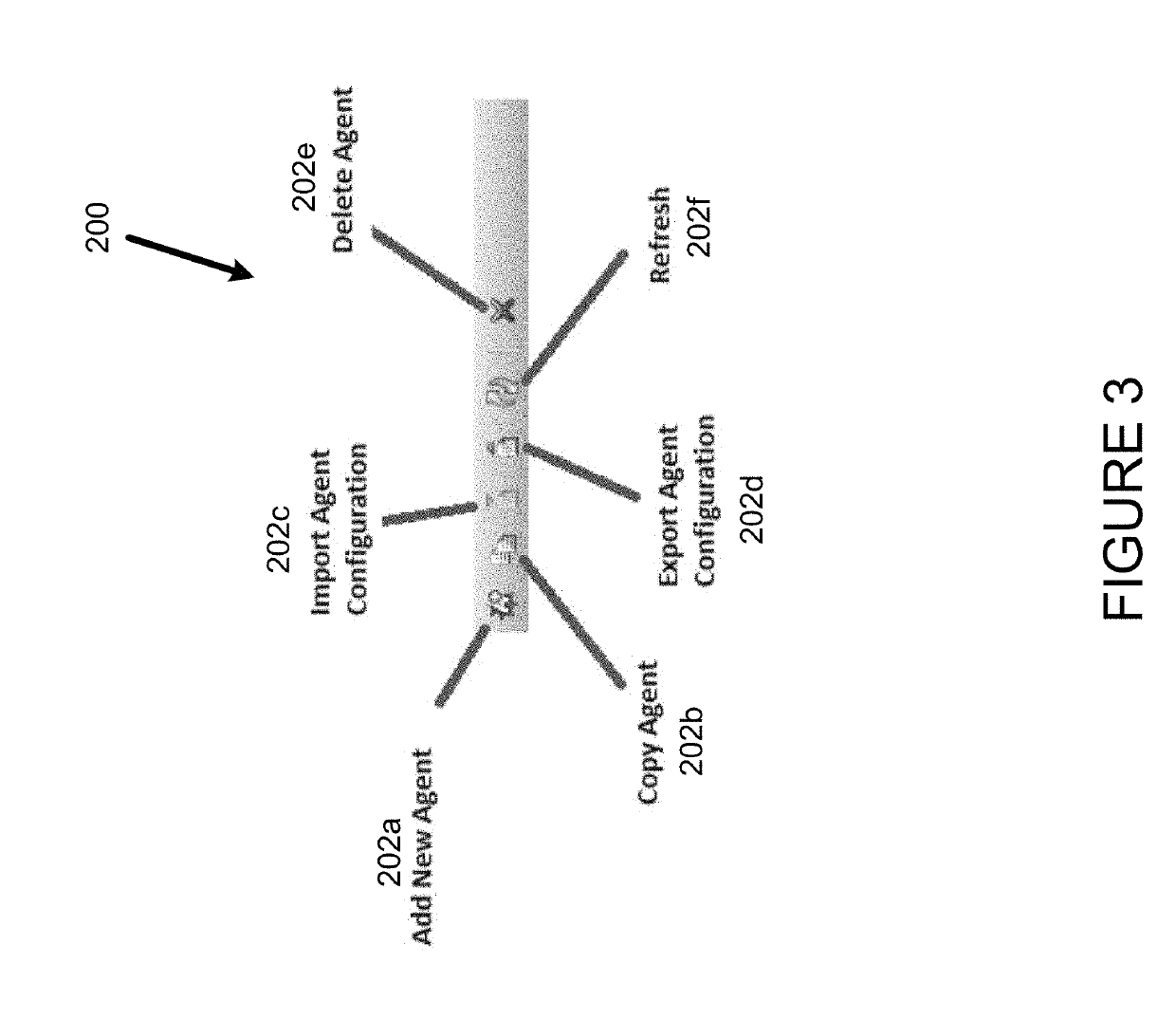System and console for monitoring and managing well site operations
a well site and management system technology, applied in the field of oil and gas well drilling and production, can solve the problems of increasing the complexity, time and expense of drilling a well, and increasing the cost and effort required to respond to a problem during drilling, so as to improve the rop of the well being drilled, the effect of easy comparison
- Summary
- Abstract
- Description
- Claims
- Application Information
AI Technical Summary
Benefits of technology
Problems solved by technology
Method used
Image
Examples
Embodiment Construction
Computing Environment Context
[0047]The following discussion is directed to various exemplary embodiments of the present invention, particularly as implemented into a situationally-aware distributed hardware and software architecture in communication with one or more operating drilling rigs. However, it is contemplated that this invention may provide substantial benefits when implemented in systems according to other architectures, and that some or all of the benefits of this invention may be applicable in other applications. For example, while the embodiments of the invention may be described herein in connection with wells used for oil and gas exploration and production, the invention also is contemplated for use in connection with other wells, including, but not limited to, geothermal wells, disposal wells, injection wells, and many other types of wells. One skilled in the art will understand that the examples disclosed herein have broad application, and that the discussion of any...
PUM
 Login to View More
Login to View More Abstract
Description
Claims
Application Information
 Login to View More
Login to View More - R&D
- Intellectual Property
- Life Sciences
- Materials
- Tech Scout
- Unparalleled Data Quality
- Higher Quality Content
- 60% Fewer Hallucinations
Browse by: Latest US Patents, China's latest patents, Technical Efficacy Thesaurus, Application Domain, Technology Topic, Popular Technical Reports.
© 2025 PatSnap. All rights reserved.Legal|Privacy policy|Modern Slavery Act Transparency Statement|Sitemap|About US| Contact US: help@patsnap.com



